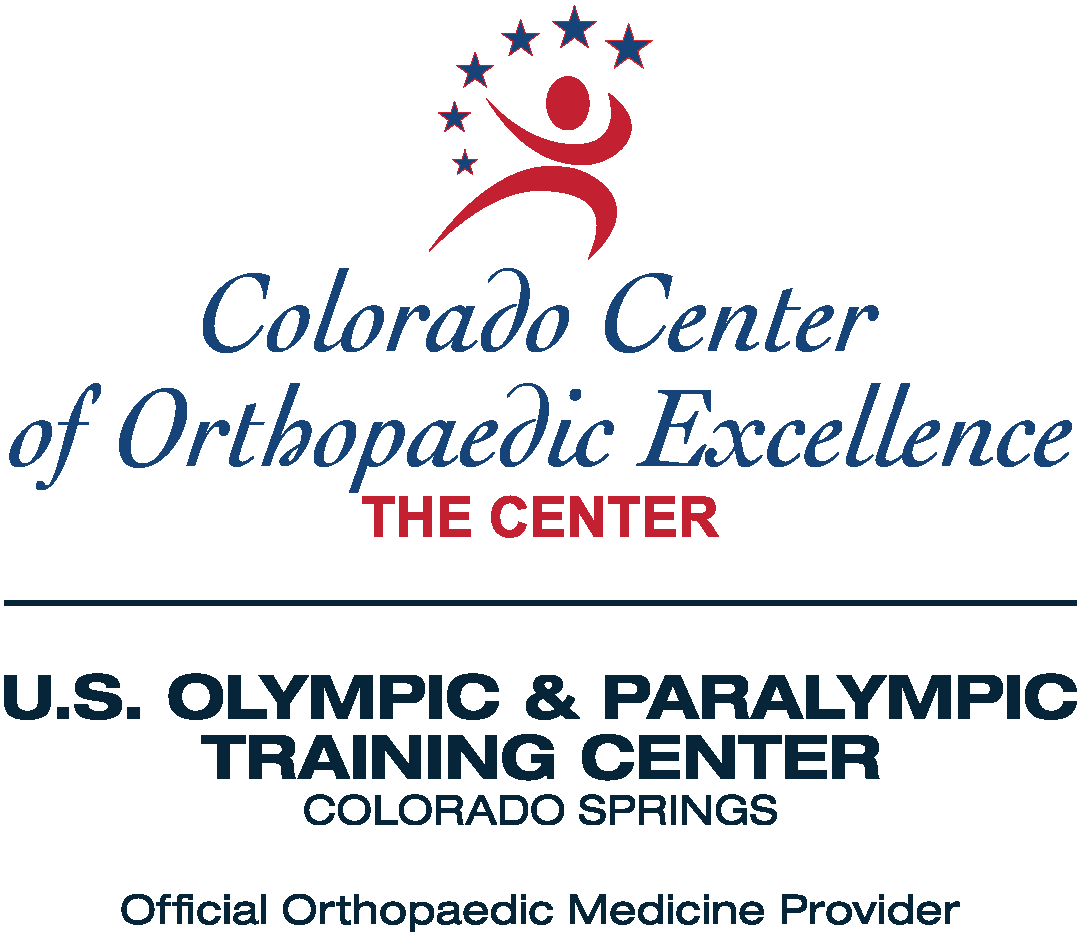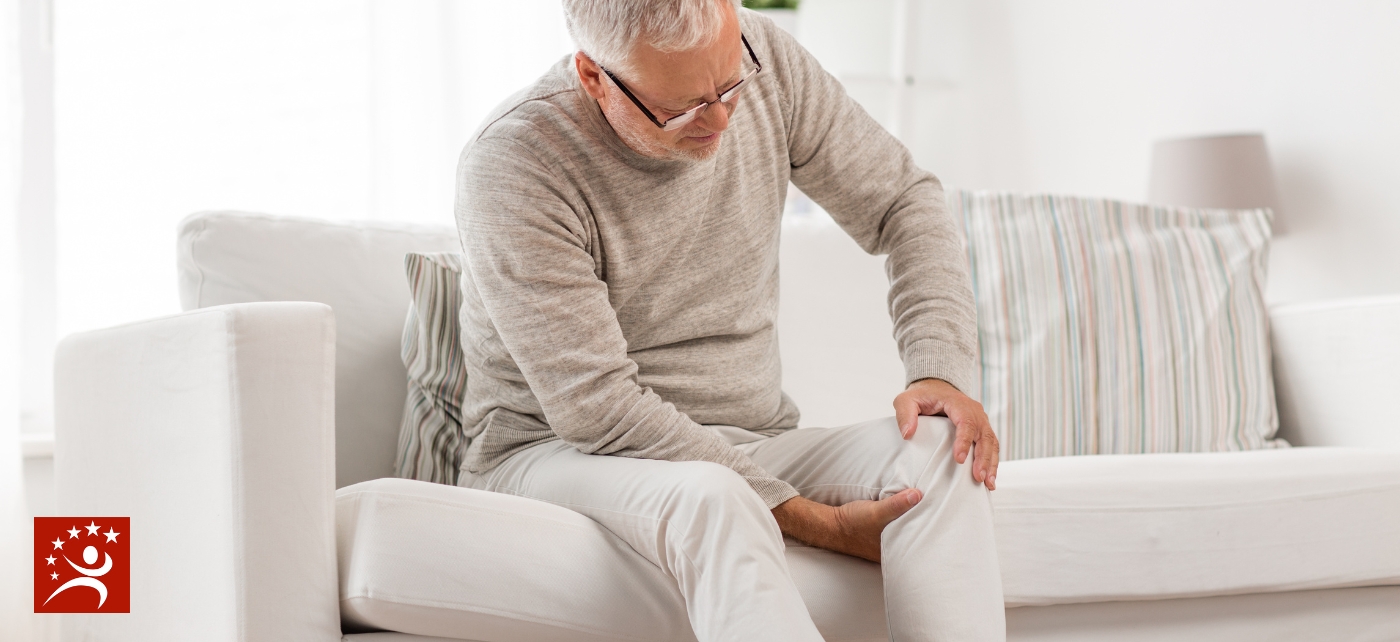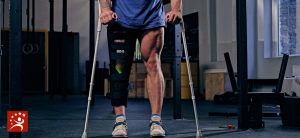Cartilage is a flexible tissue that exists at the end of your bones at joints and also exists in other parts of your body such as your ears and nose. Cartilage allows the bones at joints to move against each other easily without causing pain.
When you have a cartilage defect, it causes bones at joints to hurt because of the cartilage rub against each other. The most common symptoms people with cartilage defects experience are stiffness, swelling, and inflammation in the joints. Although the actual defect is in the cartilage between the bones, the pain is caused by the bones rubbing against each other without adequate cushioning. The pain will likely radiate to the area surrounding the bones – especially if the condition goes untreated for an extended period of time.
Cartilage defects can happen for a variety of reasons, including injuries or accidents, as well as due to genetic issues.
Injuries or Accidents
The more active your lifestyle, the more likely you are of damaged cartilage. If you play sports or do strenuous exercise, it’s possible to injure cartilage in the process.
One such injury is a cartilage tear. This type of injury involves the cartilage in your joints being torn into multiple pieces rather than functioning as a single unit. The pieces of cartilage may move around within the joint and since there is no cushion between the bones anymore, you will experience pain when the bones move. This can happen as the result of trauma to the area, such as from a sports injury or car accident.
The type of treatment required to fix a cartilage tear depends on the exact injury and its severity. Sometimes, cartilage tears can be fixed without surgery. However, in cases where the damage is significant, surgery will be required.
Genetic Disorders
If you don’t take part in sports or strenuous exercise and haven’t been in an auto accident, it is still possible to develop a cartilage defect. Cartilage defects can develop naturally, either being present at birth or developing over time without any obvious cause. In these cases, the cartilage defect may be due to genetic factors or due to a family history of the same or similar issues.
The younger a person is when they develop a cartilage defect, the more genetics or heredity may be suspected to play a role. For example, if an otherwise healthy woman in her 30s has a cartilage defect, it may indicate genetics because, at her young age, cartilage deterioration should not yet be significant.
Treatment of these types of cartilage defects vary. If the cartilage itself is damaged, then surgery may fix it. However, if there is an unresolved underlying issue causing the defect, the damage may recur. For example, individuals with osteoporosis have a higher chance of cartilage defects or the worsening of cartilage defects over time. For these individuals, treatment needs to also be focused on treating the osteoporosis as well as the cartilage defect.
If you are having severe pain in a joint, it may be caused by a cartilage defect. The best course of action is to visit a specialist to figure out what is causing the pain and begin a treatment plan to control the issue.
The Colorado Center of Orthopaedic Excellence would love to help you recover from any musculoskeletal issue you are experiencing. Call (719) 623-1050 today to see one of our highly trained doctors.







